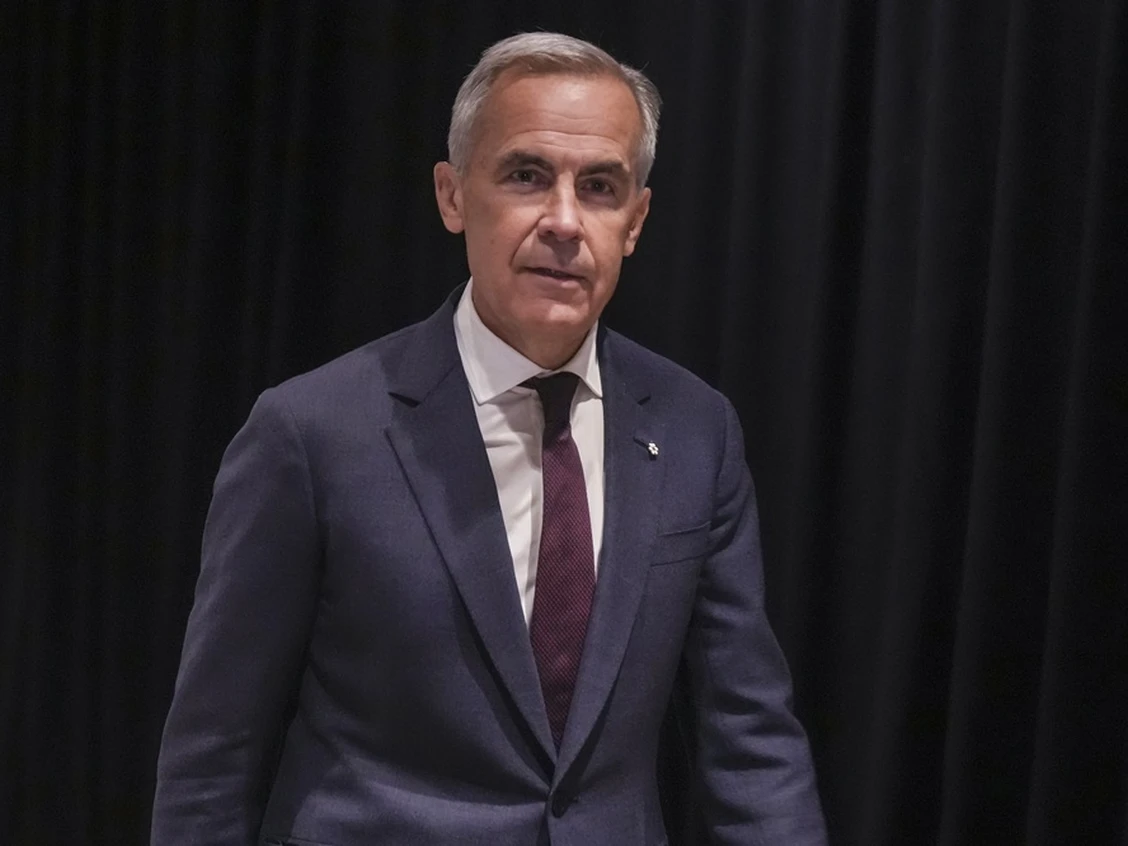
Why the temporary foreign worker program is suddenly at the centre of Canada’s jobs debate
When Conservative Leader Pierre Poilievre called this week for the federal government to shut down the Temporary Foreign Worker Program (TFWP), he framed it as a straightforward argument: Canadian youth are struggling to find work, and employers are hiring temporary foreign workers instead. His rallying cry – “Canadian jobs for Canadian workers” – struck a chord with some, and even won an unexpected echo from B.C. Premier David Eby, who said the program should be “cancelled or significantly reformed.”
Not everyone agrees. The prime minister (referred to in some reports as Mark Carney) has said outright abolition isn’t the answer – he wants the program to stay, but be more focused. “When I talk to businesses around the country, their No. 1 issue is tariffs, and their No. 2 issue is access to temporary foreign workers,” he told reporters. Business groups and labour leaders have urged a careful, measured review rather than a sudden shutdown.
What is the Temporary Foreign Worker Program?
At its core, the TFWP lets Canadian employers temporarily hire foreign nationals when they can’t find Canadians or permanent residents to fill certain jobs. There are several streams: high-wage workers, a global talent route, in-home caregivers, foreign academics, low-wage workers, and seasonal agricultural workers. The last two streams account for most permits issued.
How the program has changed
The program has evolved over decades. Its expansion in the early 2000s opened the door to more low-skilled hires, and after reports of misuse, a 2013 overhaul introduced the Labour Market Impact Assessment (LMIA) – a formal test employers must pass to show they tried to hire locally and can pay the prevailing wage. During COVID-19, the federal government relaxed some limits to address shortages, increasing low-wage caps and extending allowable stays; Ottawa has since rolled some of those changes back and tightened wage thresholds.
How many temporary workers are in Canada?
Temporary migration has surged in recent years. Statistics Canada says the number of temporary residents working in Canada rose from 356,000 in 2011 to 845,000 in 2021. TFWP arrivals make up only part of that growth; a bigger share of temporary workers arrive through programs for international students and other mobility streams. Still, the number of TFWP permits jumped dramatically in the early 2020s – tens of thousands a year – contributing to the broader rise in temporary labour on Canadian payrolls.
Why critics link the program to rising youth unemployment
Poilievre points to distressing youth unemployment figures: Statistics Canada showed joblessness for 15- to 24-year-olds hit about 14.6 per cent in July – the highest since 2010 outside the pandemic years. He argues that many TFWP roles are low-wage and compete directly with entry-level jobs young Canadians need, depressing wages and opportunities.
The federal government pushes back on how those numbers are presented. Officials say headline permit totals can include renewals, not just new arrivals; they also note that the international mobility stream accounts for a large share of temporary workers. And many economists and business groups argue that some sectors rely on temporary workers to fill shifts Canadians are not taking, keeping those businesses open and protecting other jobs.
What critics say about exploitation and fraud
Beyond the jobs debate, critics and watchdogs have raised urgent human-rights concerns. A U.N. special rapporteur called the program a “breeding ground” for modern forms of slavery after hearing migrant workers’ stories of coercion and abuse. Investigations and media reports have also revealed cases where employers or brokers exploited the system – charging workers huge fees or even selling LMIAs illegally. Canada’s Auditor General has flagged gaps in inspections and protections, especially during the pandemic, arguing the system left workers vulnerable.
Calls range from outright abolition to targeted reform. Poilievre and some premiers want the program shut down or drastically scaled back; others – including many small businesses and unions – argue for tighter rules that protect wages and workers while meeting real labour needs. Some proposals include a dedicated, narrowly defined seasonal program for agriculture and stronger enforcement against abuse.
Where things stand
The government has signalled a review and emphasized the need for a balanced approach: keep the economy running, protect jobs for Canadians, and ensure temporary workers are treated fairly. The fall will likely bring formal policy moves and new targets for immigration, but for now the debate highlights a tough trade-off: how to support businesses that need labour without sidelining young Canadians or allowing exploitation to continue.



Leave A Comment